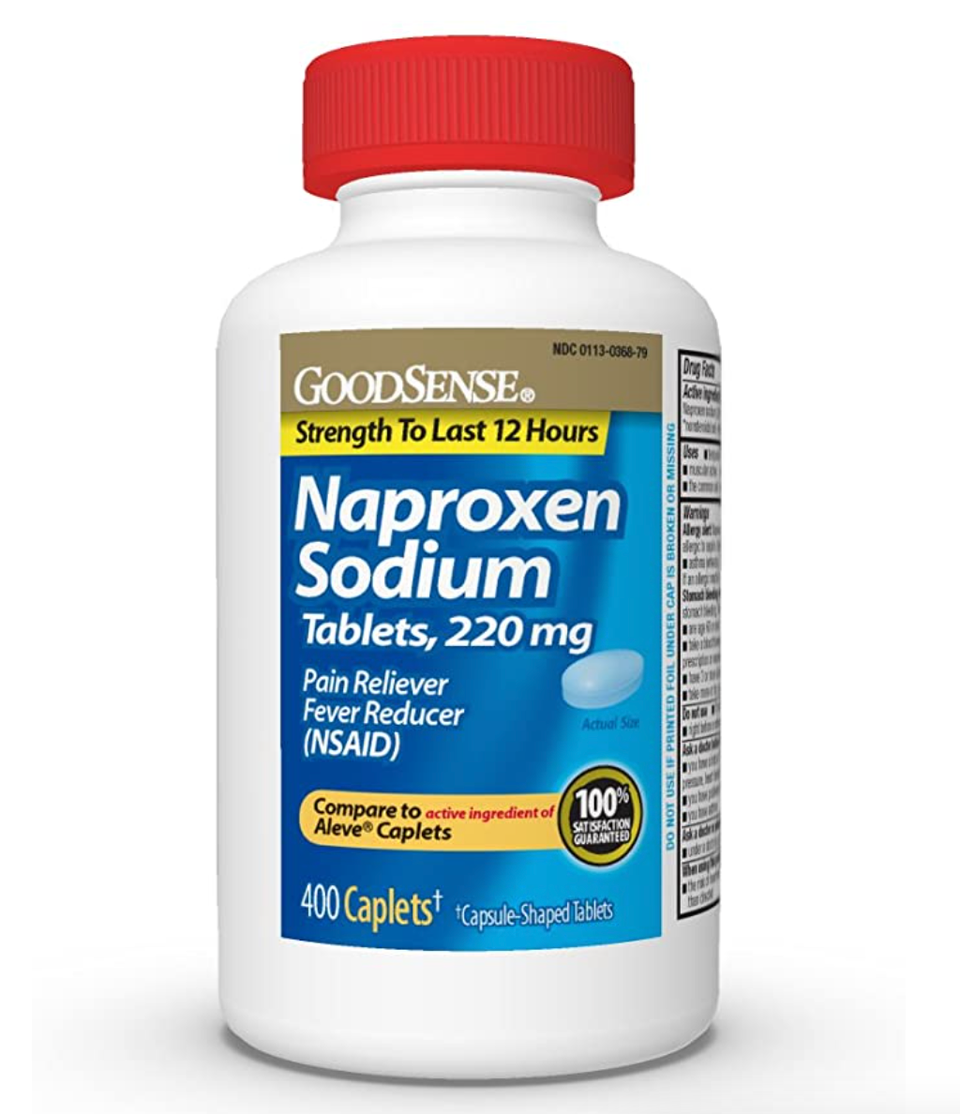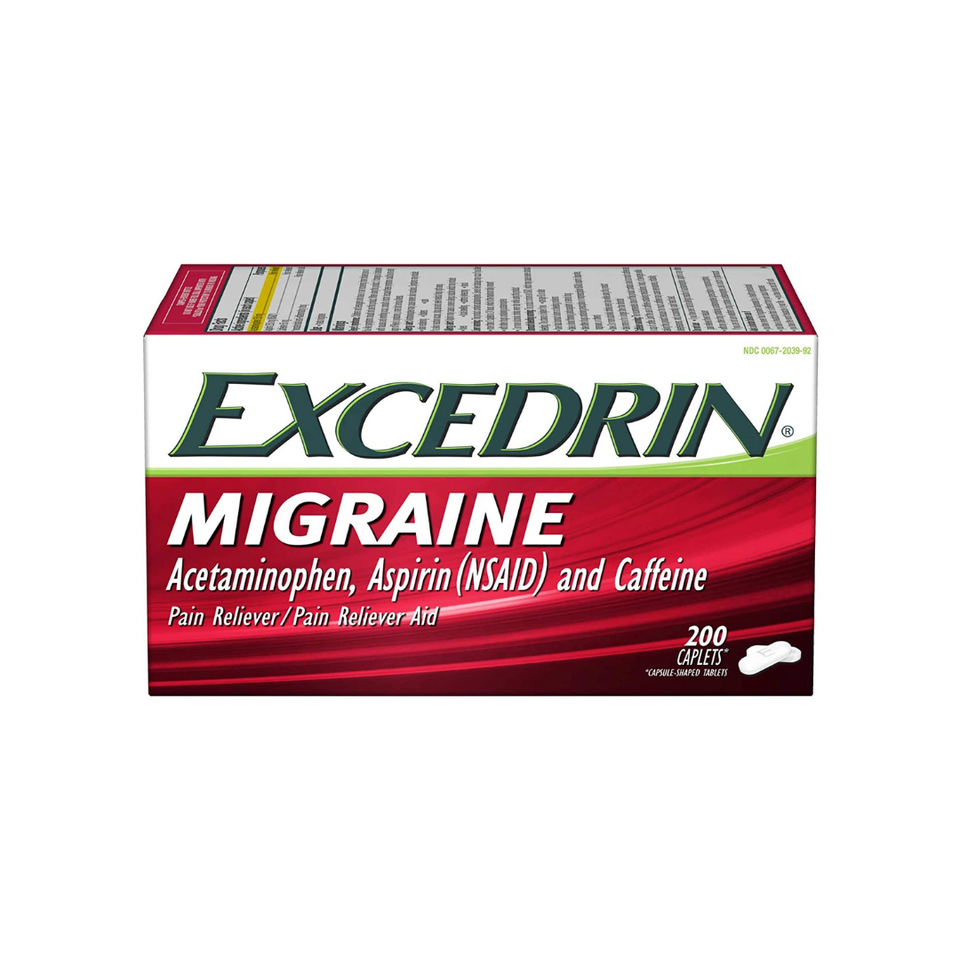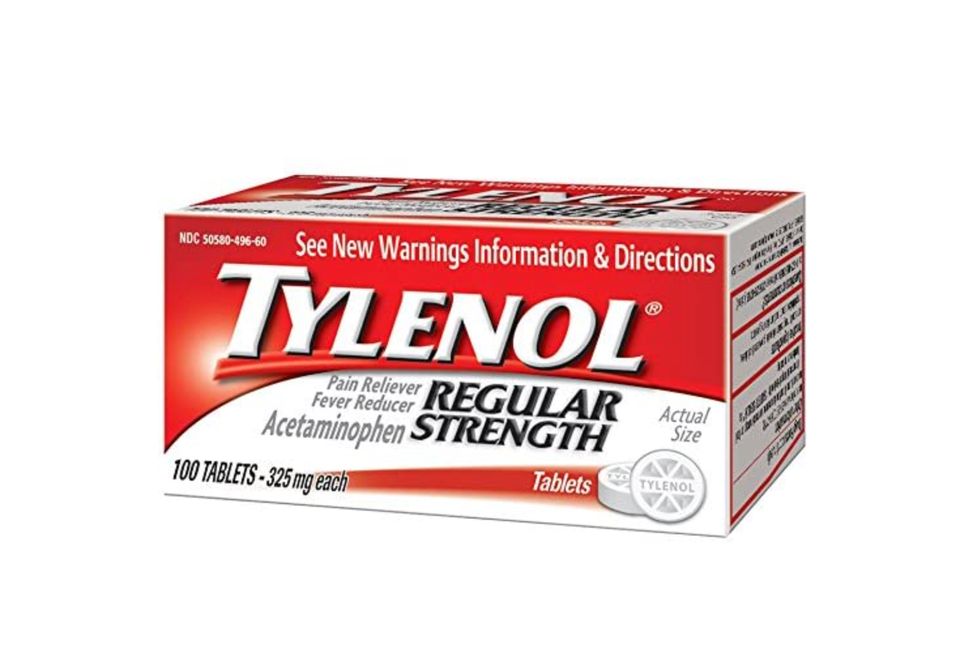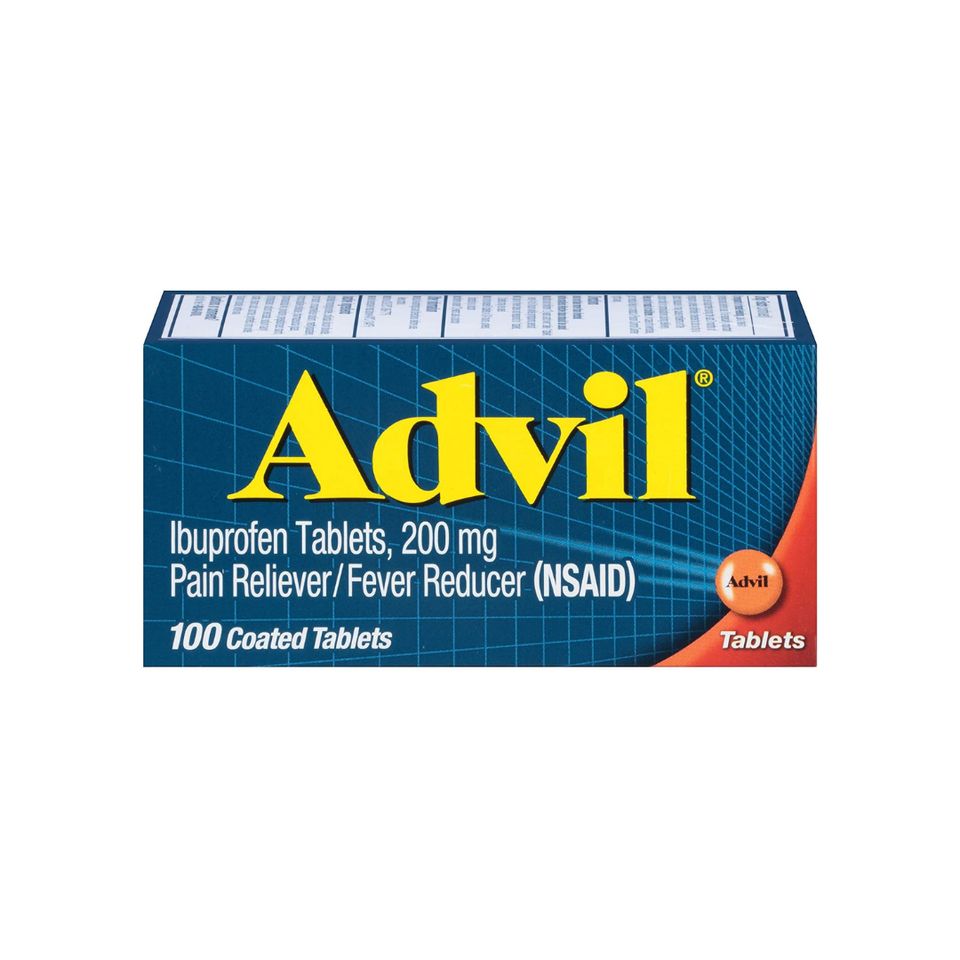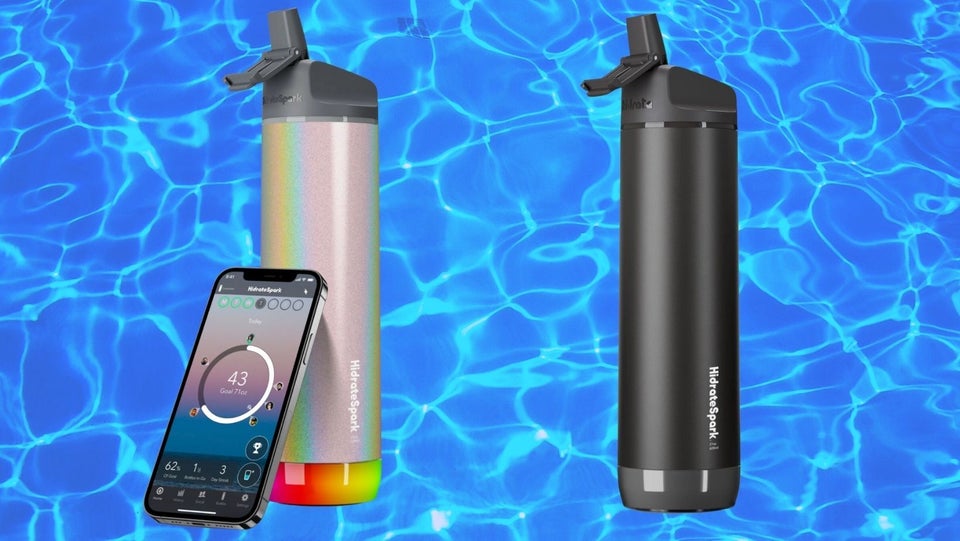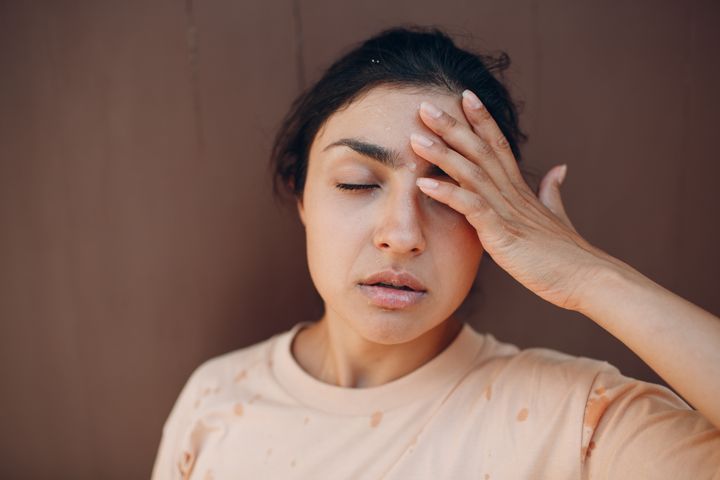
As a kid, I’d watch my mom get migraine attacks a few times a month. She’d come home from work, muttering, “It’s starting behind my eyes,” take two Excedrin, then retreat to her room for darkness and quiet. It was a routine I knew well, which made it all the more upsetting when I started getting migraine attacks myself.
Through the years, my mom and I have developed a laugh-so-you-don’t-cry bond over our raging headaches and stanning of Excedrin Migraine. Though we no longer live in the same house, we’ll send each other texts when the behind-the-eye pain starts, offering loving suggestions like, “You should probably get off your phone.” While we’ve each found some ad-hoc methods that work for us, I’ve started to wonder what actual medical professionals recommend for migraine relief. For myself and my mama, I set out to make a sort of “Migraine Survival Kit” to reach for when the pain starts.
What Is Migraine?
About a minute into my first interview, I realized I’ve been completely wrong about migraine — and subsequently, migraine relief. Like a lot of people, I thought “migraine” was an acute issue that happened to certain people periodically. I would find myself saying stuff like, “Could you stop practicing your tuba, I have a migraine.”
However, Narayan Kissoon, a neurologist at the Mayo Clinic in Rochester, Minnesota, explained that rather than a singular “bad” headache, migraine is a “genetic brain disease” or sensory processing disorder that’s happening all the time. It’s a constant, heightened response to normal sensory input that can periodically erupt into painful headaches, which neurologists call “migraine attacks.”
“A person doesn’t have ‘a migraine’ and it goes away,” Kissoon told HuffPost. “They always have migraine, but can have attacks of migraine headache. The genetic factors that predispose to getting the migraine headache are always present.”
The American Migraine Foundation states that “migraine” (no “a”) is a general term for the disease, whereas “a migraine attack” (with an “a”) is the term for the bad headache you’re having. This may seem like a tedious grammar lesson, but knowing the correct terms helps with education, lessens stigma and encourages people to take migraine more seriously.
For Teshamae Monteith, a neurologist and headache specialist based in Miami, understanding that migraine is a constant, ever-present sensory disorder is the first step in getting the right treatment. There are treatments to relieve the pain of acute attacks, but Monteith said managing migraine is also about understanding the disease and preemptive care.
“The first thing is making sure that you truly have a diagnosis of migraine,” she said. “It’s hard to treat if you don’t have the right diagnosis.”
Only 50% of people who have migraine have been officially diagnosed, Monteith said. Additionally, there are cases of secondary headaches that mimic migraine symptoms. So to get clear on your diagnosis — and further, your treatment plan — talk to your primary care doctor or a specialist about your exact needs.
What Is A Migraine Attack?
Monteith said acute migraine attacks generally last for four to 72 hours. People with migraine may have these attacks a few times a month, and people with chronic migraine may have 15 or more attacks a month.
Migraine attacks happen in phases. If you (like my mom and myself) get pain behind your eyes or sudden sensitivity to light or sound, you may be familiar with the symptoms of your “premonitory phase,” or the first signs of a migraine attack, often before a bad headache really starts. Monteith said about 75% of people with migraine have and can spot symptoms of the premonitory phase, which can include things like fatigue, mood changes, thirst, neck stiffness and yawning.
Other people with migraine may have “aura-reversible neurologic changes” during an attack, which is basically a fancy way to say visual flashes or changes in vision.
“Zigzag, spots, tunnel vision, loss of vision,” Monteith said. “It’s reversible, sometimes before the attack, but can occur at other times too, including while the pain is most severe.”
The middle of the acute attack is often when most people have the worst pain and headaches. Monteith said people can experience symptoms such as head pain, nausea, sensitivity to light and sound, and impaired concentration.
And as the pain subsides and the attack lessens, you may experience postdrome symptoms, which can feel like a bad hangover.
“It is mostly described as fatigue concentration issues, lethargy,” Monteith said. “The headache is generally milder or gone.”
“A person doesn’t have ‘a migraine’ and it goes away. They always have migraine, but can have attacks of migraine headache.”
- Narayan Kissoon, neurologist
How To Manage Migraine And Migraine Attacks
There is no official cure for migraine, but Monteith said you can manage your symptoms with pain relief for acute attacks, preemptive care and general lifestyle modifications.
For in-the-moment, over-the-counter pain relief, Kissoon suggested taking medicine as soon as you first start to feel a migraine attack coming on. “The earlier you treat with an as-needed medication for headache, the better it works,” he said.
Kissoon recommended using the suggested dosage of a single nonsteroidal anti-inflammatory drug (NSAID) like naproxen sodium or ibuprofen. If you’re unable to take NSAIDs — for example, if you have a kidney disease or take blood thinners — Kissoon suggested turning to acetaminophen.
“We try not to mix and match over-the-counter medications as they all work similarly, so it does not make much sense to treat with more than one,” Kissoon said. “If their headaches don’t respond to a single type of medication on a regular basis, it would probably be in the person’s benefit to see a medical provider explore better treatment options than over-the-counter medications.”
If you do go the NSAID or acetaminophen route, make sure you’re not overusing the over-the-counter headache medicine.
“The body can become physiologically dependent on the analgesic medication and a withdrawal headache can occur if they take it too frequently,” Kissoon said. “We run into an issue called ‘medication overuse headache,’ which is also called ‘rebound headaches.’”
To prevent medication overuse headaches, Kissoon recommended following the suggested intake of over-the-counter headache meds. NSAIDs and acetaminophen should only be taken at most up to 14 days a month. Combination analgesics (like Excedrin Migraine) should not be taken more than nine days a month.
For preventative treatment, Monteith suggested getting yourself to a doctor.
“If you’re having more than four, six migraine days per month, you should probably be on a preventive therapy,” she said, adding there are various prescription medications, vitamins, mental health and psychology treatments, and even mindfulness meditations, that can help with migraine relief.
For day-to-day migraine management, Monteith and Kissoon recommended tracking your triggers. Look out for things like over-sleeping, under-sleeping, skipping meals, not drinking water or not eating enough nourishing foods. Stress can be another trigger — either in the moment or in the hours or days following a stressful event.
Below are a few other suggestions from the experts on ways you can manage your migraine. But before you take anything, make sure to talk to your doctor. Your primary physician will know what works best for your specific case.
HuffPost may receive a share from purchases made via links on this page. Every item is independently selected by the HuffPost Shopping team. Prices and availability are subject to change.
Get it on Amazon for $16.54.
Get it from Amazon for $17.27.

Get it from Amazon for $7.25.
Get it from Amazon for $13.94.
Get it from Amazon for $8.49.
Get it from Amazon for $12.95.
"There are others, but this is the only one you can get without the prescription," Monteith said. (Still, please consult with your doc before buying one.)
Get it from Cefaly for $379.
Get it from Amazon for $6.95.
Get it from Amazon for $16.87.
Get them from Amazon for $6.99.
Get it from Amazon starting at $32.95.
Get it from Amazon for $6.99.
Get Headspace for $12.99 per month.
This yoga mat comes in eight colors.
Get it from Amazon starting at $16.99.
